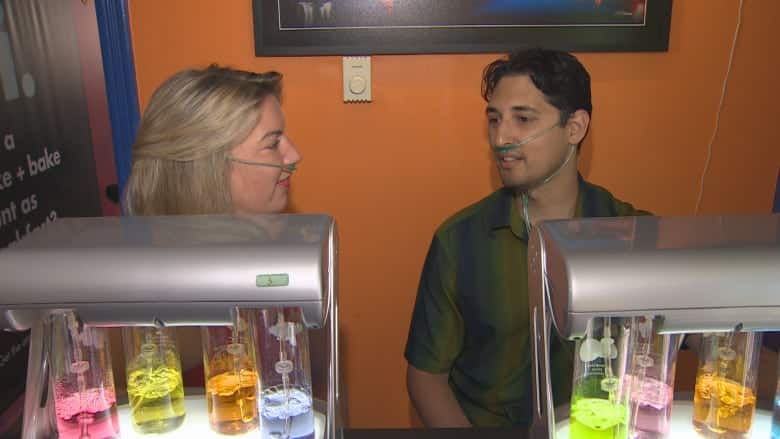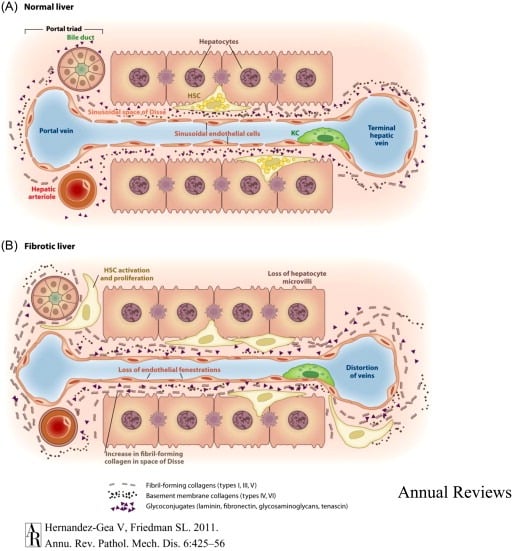Funtabulously Frivolous Friday Five 313
Just when you thought your brain could unwind on a Friday, you realise that it would rather be challenged with some good old fashioned medical trivia FFFF, introducing the Funtabulously Frivolous Friday Five 313:
Question 1
Who defined ‘dentist’ as the following:
DENTIST, n. A prestidigitator who, putting metal into your mouth, pulls coins out of your pocket.
And a ‘doctor’ as the following:
DOCTOR, n. A gentleman who thrives upon disease and dies of health.
Reveal the funtabulous answer
Ambrose Bierce (1842 – 1913 or 1914)
Bierce was an American writer based in San Francisco who I know best for his satirical lexicon, the ‘Devil’s Dictionary’, from which these definitions are taken. He went missing during the Mexican Revolution in 1913 while travelling with rebel troops and was never seen again.
The Devil’s Dictionary has been widely quoted, frequently translated, and often imitated, earning a global reputation. In the 1970s, The Devil’s Dictionary was named as one of “The 100 Greatest Masterpieces of American Literature” by the American Revolution Bicentennial Administration. It has been called “howlingly funny” and Wall Street Journal columnist Jason Zweig wrote that The Devil’s Dictionary is “probably the most brilliant work of satire written in America. And maybe one of the greatest in all of world literature. So, if you’ve not seen it before its worth a little chuckle – maybe not on the work computer though.
Question 2
100 points and eternal FFFF glory for anyone who can guess the condition that this patient has. Your only clue is that the photo of the patient was developed using their own urine.
Reveal the funtabulous answer
Alkaptonuria. The patients urine can be used to develop film as it contains homogentisic acid
Alkaptonuria was the first described “inborn error of metabolism.” This rare (< 1 per 250 000 births) hereditary recessive disorder is characterized by a triad of excretion of homogentisic acid in the urine, ochronosis (dark pigmentation of the connective tissues) and early-onset arthritis.
For more details on the disease and how this picture was developed read Dr David Maxwell’s clinical vistas about his father who was the doctor looking after the patient.
Question 3
Which cell absorbs Vitamin A and other fat soluble vitamins and where are these vitamins stored?
Reveal the funtabulous answer
Ito cells
Fat soluble vitamins are absorbed by Ito cells (hepatic stellate cells). Ito cells named after Toshio Ito (1904–1991) after his discovery in 1950 of stellate, fat-storing cells within the perisinusoidal space (space of Disse), cytoplasmic processes of which encircle sinusoids and are thought to regulate hepatic blood flow.
The Space of Disse was named after German anatomist Joseph Disse (1852-1912). The Space of Disse is located between the hepatocyte and the sinusoid. Microvilli of hepatocytes extend into this space, allowing proteins and other plasma components from the sinusoids to be absorbed by the hepatocytes.
Inflammation of the liver results in the Ito cells transforming into my-fibroblasts, resulting in collagen production, fibrosis, and cirrhosis.
- Toshio Ito (1904-1991)
Question 4
Of whom did Mr Macdonald, The Times Fund commissioner speak thus?
She is a “ministering angel” without any exaggeration in these hospitals, and as her slender form glides quietly along each corridor, every poor fellow’s face softens with gratitude at the sight of her. When all the medical officers have retired for the night and silence and darkness have settled down upon those miles of prostrate sick, she may be observed alone, with a little lamp in her hand, making her solitary rounds
Reveal the funtabulous answer
Florence Nightingale (1820 – 1910)
Florence Nightingale is the founder of modern nursing and some argue the first qualified nurse (although for centuries prior there had been many forms of healers) The above report gave her the nickname ‘lady with the lamp’.
Reference:
- Cook ET. The Life of Florence Nightingale. 1913; 1: 236-237.
Question 5
What are these two people doing?

Reveal the funtabulous answer
Using an oxygen bar to cure a hangover
While there are no proven benefits to this despite many fans I stubbled across the origins of oxygen and a quote by Joseph Priestly who was the second to discover oxygen and quoting this in 1775 was way ahead of his time.
The feeling of it to my lungs was not sensibly different from that of common air; but I fancied that my breast felt peculiarly light and easy for some time afterwards. Who can tell but that, in time, this pure air may become a fashionable article in luxury. Hitherto only two mice and myself have had the privilege of breathing it.
Priestly 1775: 102
It was Swedish pharmacist Karl Scheele between 1771 and 1772 who heat mercuric oxide and potassium nitrate who noted that his candles burnt more brightly. He did not publish his observation until 1777 and by which time he was overtaken by Priestley’s experiments in 1774-75 heating mercuric oxide and named his new gas ‘dephlogisticated air’
Eight years later from Priestley’s publication in 1783, French physician Caillens treated a young woman suffering from TB with daily inhalations of oxygen, possibly the first medical application.
Reference:
- Priestley J. On dephlogisticated air. In: Experiments and Observations on Different Kinds of Air. 2e. 1775; II: 91-103
- Grainge C. Breath of life: the evolution of oxygen therapy. J R Soc Med. 2004; 97(10): 489-493
…and finally

FFFF
Funtabulously Frivolous Friday Five
Dr Neil Long BMBS FACEM FRCEM FRCPC. Emergency Physician at Kelowna hospital, British Columbia. Loves the misery of alpine climbing and working in austere environments (namely tertiary trauma centres). Supporter of FOAMed, lifelong education and trying to find that elusive peak performance.



